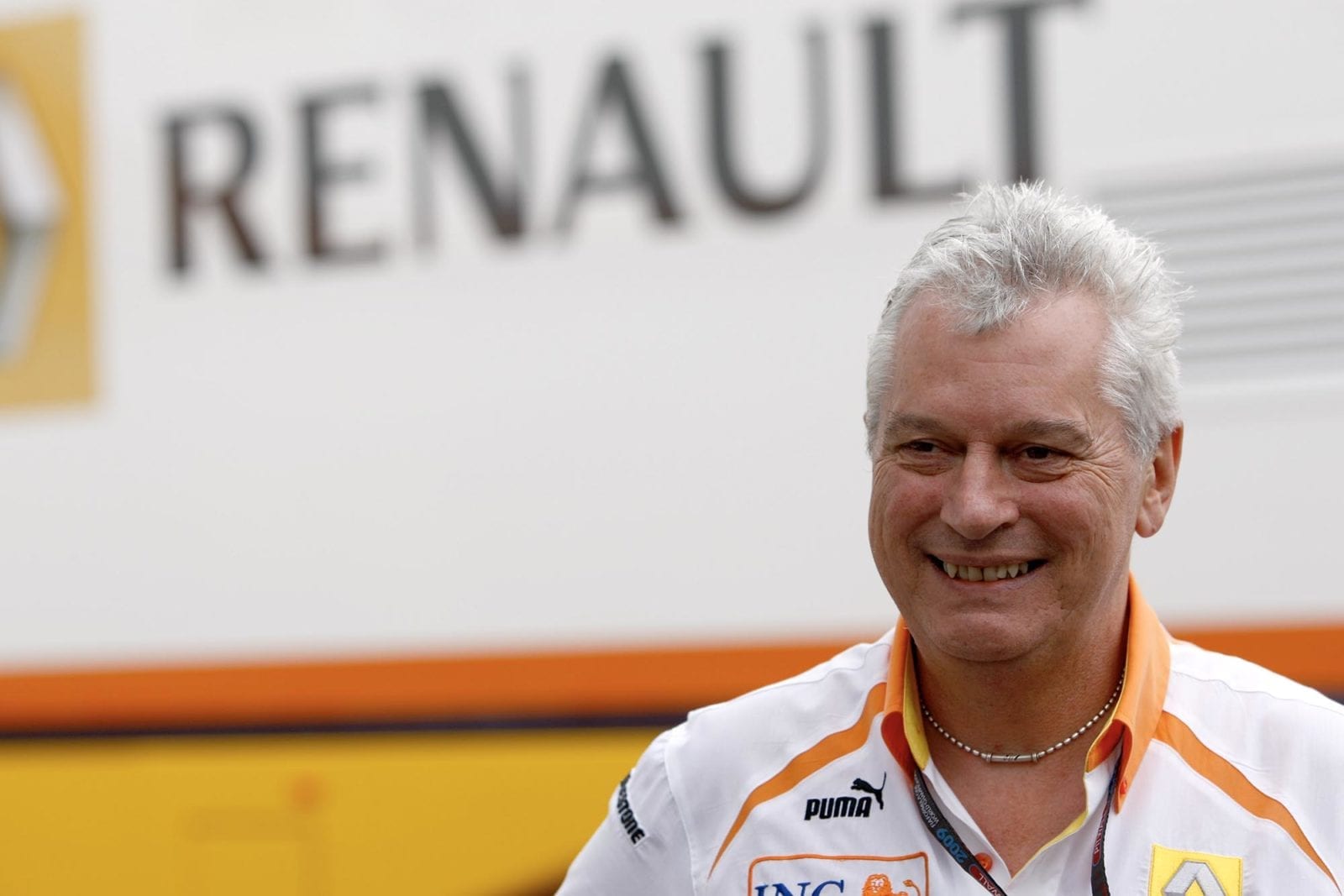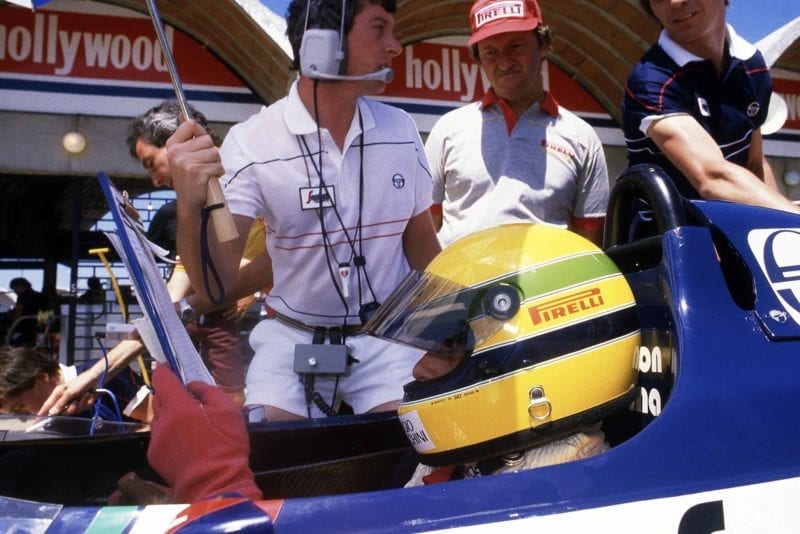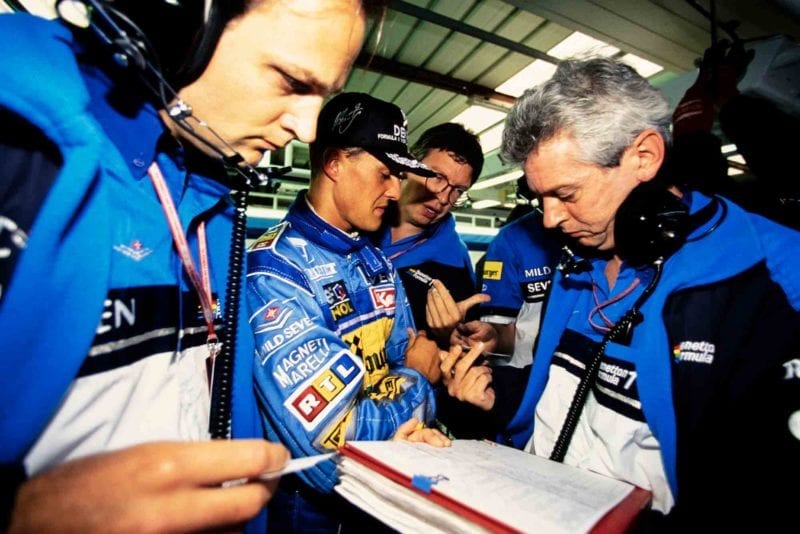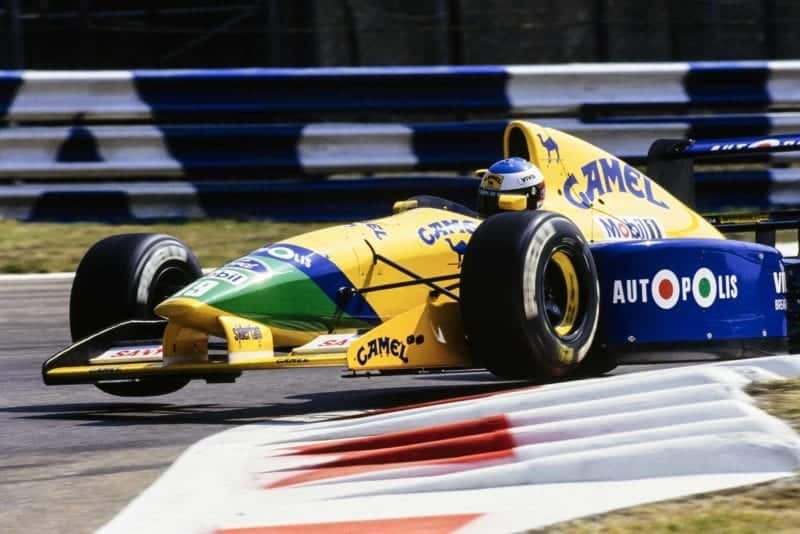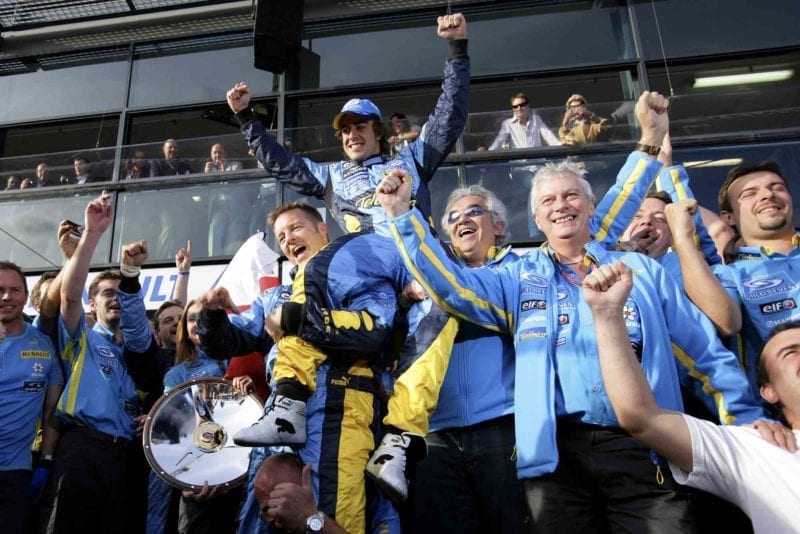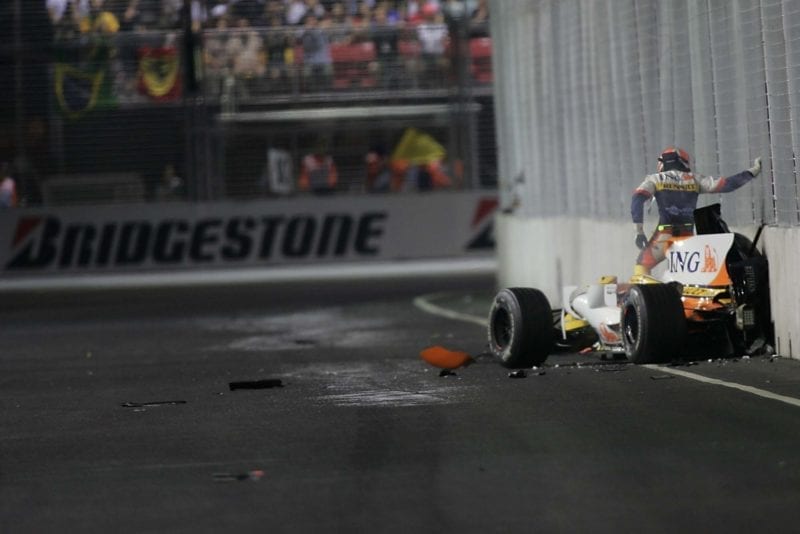Rory Byrne had been instrumental in selecting Symonds as his replacement at Royale and now the man who Pat would come to consider his mentor was instrumental in his move to F1. Formula 2 champion in 1980, Toleman was stepping up to the big time in 1981 and Byrne wanted Symonds there to assist him. “Alex Hawkridge told me all about their plans and said they wanted me to be part of it. I wasn’t totally sure but the clincher came when he said the deal included a brand-new Golf GTI. I said ‘See you there on Monday.’
“Our ambition outweighed our naïveté by such a huge amount. Going into F1 in the era of the DFV, why would you not do that while you learned? But no, we said we don’t want to do that, turbos are the way forward. We were even toying with doing a carbon-fibre chassis that first year. On top of that, because Toleman had been so successful with Pirelli in F2, they thought we might as well use their tyres as well. The idea that 13-inch wheels were right? No, no, we’ll do 16s. Wow, did we take on something. Meanwhile Brian Hart was doing a turbo engine on about a fiver a week. Just madness.”
It took until the final race of the season before the car even qualified, but over the next couple of years the new boys progressed. Symonds effectively ran the race team from early in ’82 while Byrne got on with a new car. “We introduced our first carbon-fibre car at Monza in ’82. We had a tweak to the underside of the monocque that was so good we decided not to put it on the car for the last two races, because we didn’t want anyone else to see it. We felt come 1983 it was going to be amazing, but then F1 went flat-bottomed. But we applied some wonderful lateral thinking to that flat-bottomed car and this team that still hadn’t scored any points, and didn’t qualify for every race, went to Rio for the first test in ’83 and was fastest. The reason was we just had loads more downforce than anyone else. But the downforce was incredibly sensitive, a really difficult car to set up. But if you had two weeks of testing you could do it and it would just fly. Everyone was suddenly looking at us and a lot of the little tweaks we’d done – like going out to the full 140cm wing width forward of axle centre line – was copied by the next race. Which is the way it was in those days. You didn’t get protested, you got copied. I loved it like that. That car was actually semi-competitive but remained very, very difficult to set up because it had a front radiator and huge underwings beneath the radiator on a full width nose, making it very ride height-sensitive.”
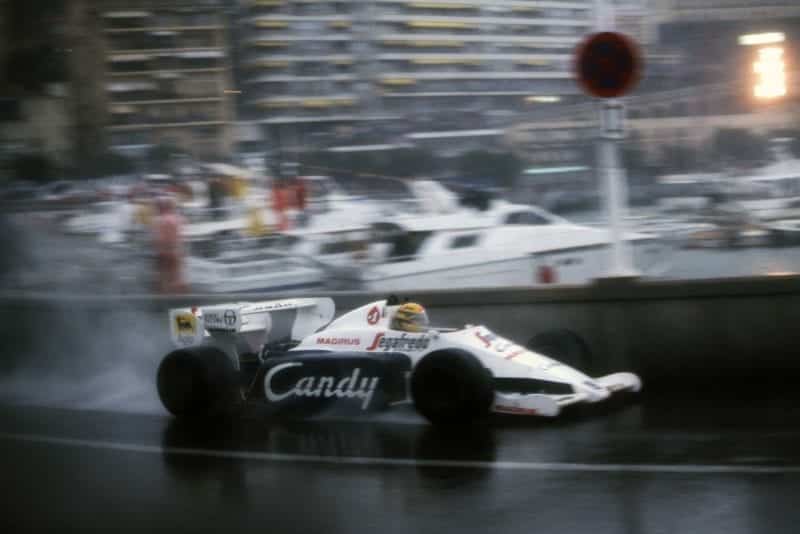
Senna announced himself with a superlative drive at Monaco ’84
Motorsport Images
But that TG183 gained Toleman its first points and put it on an upward trajectory that made it an attractive berth for Senna in his F1 rookie season, especially as the Pirellis had been exchanged for Michelins. “With Ayrton, it was the first time I saw that there was something different in a real elite sportsman. Obviously he had ability by the bucketful but it was more than that. It was the first time I’d met a driver that didn’t need to use his entire brain to drive the car and had plenty of capacity left to think about what was going on. This was enormously valuable in an era before data recording. He could tell you what the water temperature was, what the revs were in each corner. Most drivers simply couldn’t do that and it was difficult enough to get them to figure out what the revs were at the end of the straight.
